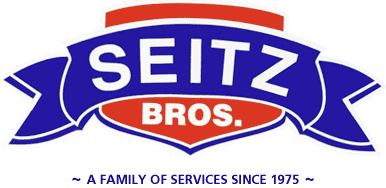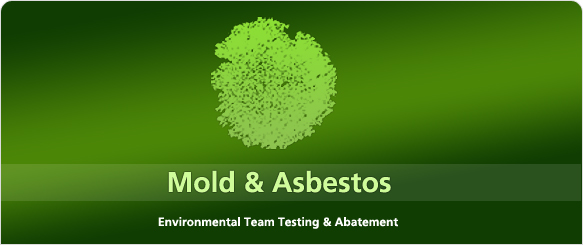What is Radon?
Radon is a radioactive gas that comes from the natural radioactive decay of radium, which is a natural decay product of uranium. Scientifically “radon” is known to be radon-222, the most abundant isotope of the element radon. It is a colorless, odorless and chemically inert gas that cannot be detected by human senses.
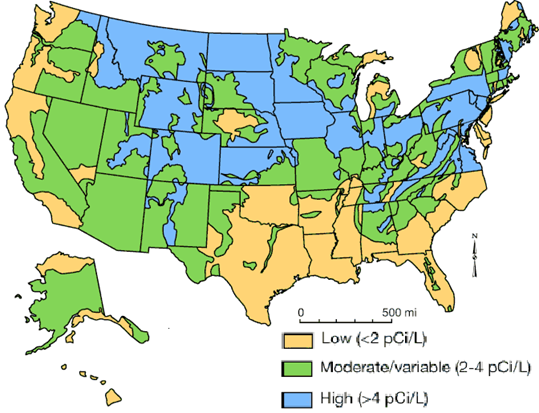
Uranium is a part of our earth’s crust and therefore radium and radon are naturally present. Their concentrations vary across the country based on geological formations and the depth at which the uranium is found in the ground, among other factors. According to the Surgeon General of the United States, radon is the second leading cause of lung cancer in our country. Radon is estimated to cause approximately 21,000 lung cancer deaths per year according to the EPA’s 2003 Assessment of Risks from radon in homes, only smoking causes more lung cancer deaths.
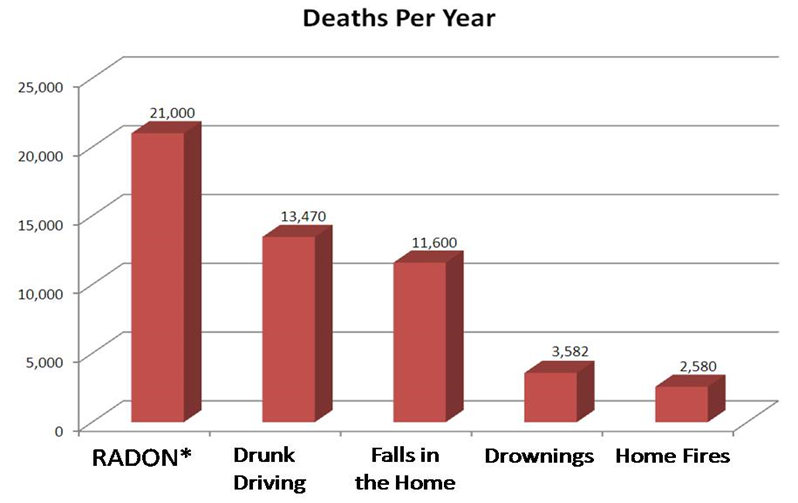
How Does Radon Enter a Property?
Since radon is a naturally occurring radioactive gas its presence is often a matter of where a property is built and how it is constructed. Air pressure also plays an important role and inside many buildings the pressure is lower than the pressure in the sols around the property’s foundations or basement. Because of this difference in pressure the building acts like a vacuum to draw in the radon gas through cracks and openings. The gas is then trapped in the building where it can build up. Both new homes and old homes, and those with or without basements, can be susceptible. Radon can also enter the home through water in the soil and from ground water pumped into the house through the plumbing.

Migration of Radon
If you find your home has elevated radon levels, there are ways to reduce the concentrations. Here are several methods that can be used to lower radon levels in your home. The most common method that prevents entry is called active soil depressurization. This system consists of PVC pipe connected to the soil either through a hole in the slab of your basement floor, or beneath a plastic sheet in the crawl space. The exhaust pipe should be installed above the roof line to ensure down drafts do not force radon back into the house. When attached to our drain tile system the results are amazing. Another benefit is that sub slab depressurization greatly reduces humidity and dampness in the basement, making it a much more enjoyable living space.
Why Seitz Bros?
Your may have heard it before, “a warranty is only as good as the company that gives it.” Seitz Bros. has provided superior service to thousands of homeowners and businesses throughout our years. We can confidently state that we offer the absolute best service available before, during, and after your project is completed. We offer one stop shopping with award winning service for all your basement needs. Call us today to have your home or business tested for Radon.
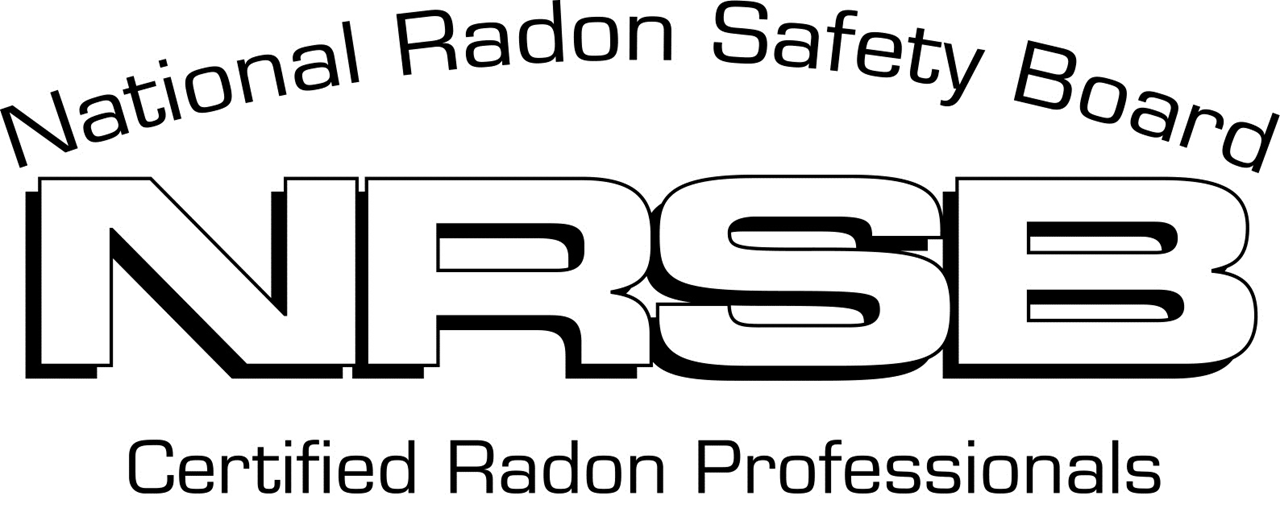
As part of our radon testing and radon removal service, we provide 3 convenient locations covering places like Allentown, Bethlehem and Easton at our Trexlertown location in the Lehigh Valley; or Scranton, Wilkes-Barre and Stroudsburg at our Tannersville office in the Poconos; and Hazleton, Reading, and Lancaster at our Tamaqua Headquarters in Eastern and Central Pa. We also service parts of New Jersey and New York. Call today to schedule an appointment and see why you are calling the best radon testing and radon removal service in PA.
